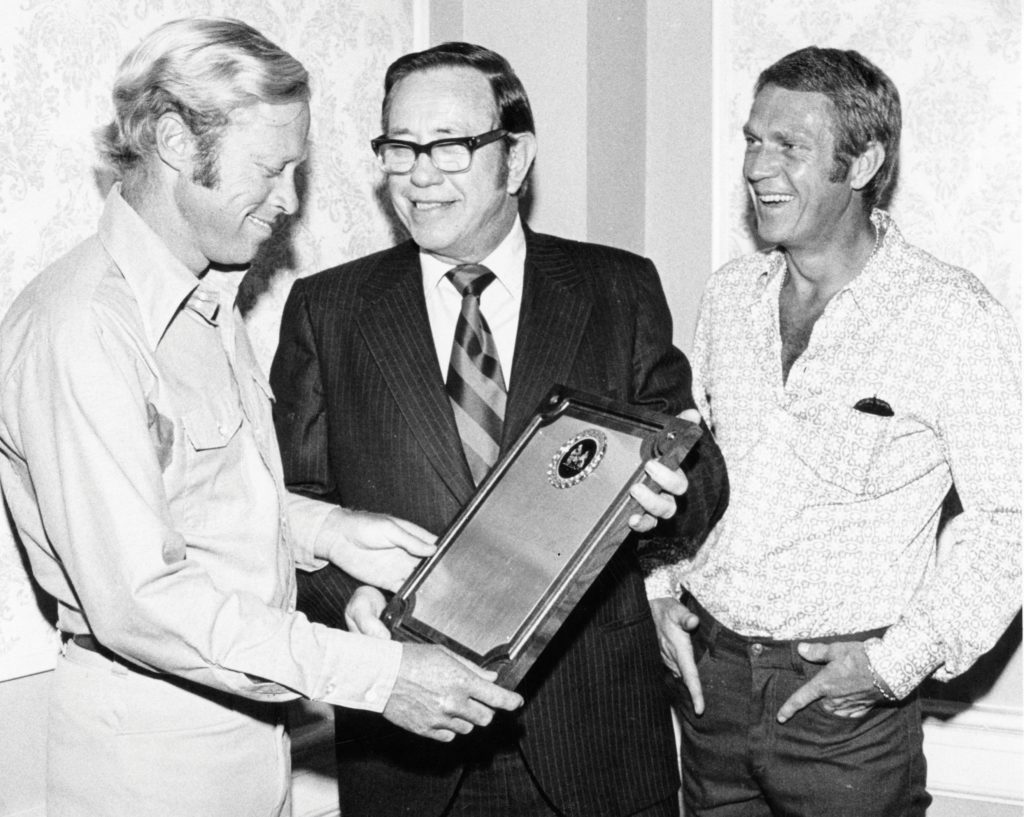
It took Bruce Brown a year of editing the movie before it was ready for the silver screen
Words by Mitch Boehm
Photos courtesy of the Bruce Brown and Malcolm Smith archives
After shooting wrapped, Bruce began doing editing and narration, which ended up being almost a year-long deal, working twelve hours a day, six days a week, all with help from cameramen Don Shoemaker.
The first-ever showing was at a theater in Los Angeles, just a few miles from Beverly Hills. Admission was only a dollar, but for that moviegoers were asked for a verbal review after the showing. It was Bruce’s way of gauging reaction, seeing what did and didn’t work. These were regular folks, not motorcycle riders, which was both good and bad. Folks generally liked the movie, but felt it was a bit too long. The least-liked part was the Speedway section, which Bruce eventually deleted.
Malcolm and crew all attended, of course, and Malcolm was shocked he was featured so much. “I was thoroughly surprised,” he told me. “A year had gone by since we’d finished shooting, and the movie had faded from my radar screen with everything I had going on. But it was amazing! Bruce had done a masterful job. His sense of timing, humor and wording added a highly personal dimension to the many stories in the film.”

Nominated for Best Documentary in 1972’s Academy Awards, On Any Sunday was edged out by the Hellstrom Chronicle – a movie almost no one remembers today. Not long after, Hollywood moguls came knocking on Bruce’s door, offering him Big Money to continue his work – for them.
“Thank you, but no,” he told them. “The only boss I’ve ever had or wanted is me.” And he walked away.
Some of you might remember On Any Sunday II, the 1981 sequel to the original. Bruce was not involved, having pretty much retired after OAS. “These shuck and jive guys rounded up some investors,” Malcolm told me, “then came to see me one day in a big black Cadillac limo, with two hot babes inside. They got me into the limo and tried to persuade me to invest. I felt they weren’t honest, and didn’t give them a penny. Anyway, the project stalled and had to be rescued by Joe Parkhurst of Cycle World and Roger Riddell. But without Bruce’s talent, it flopped.”
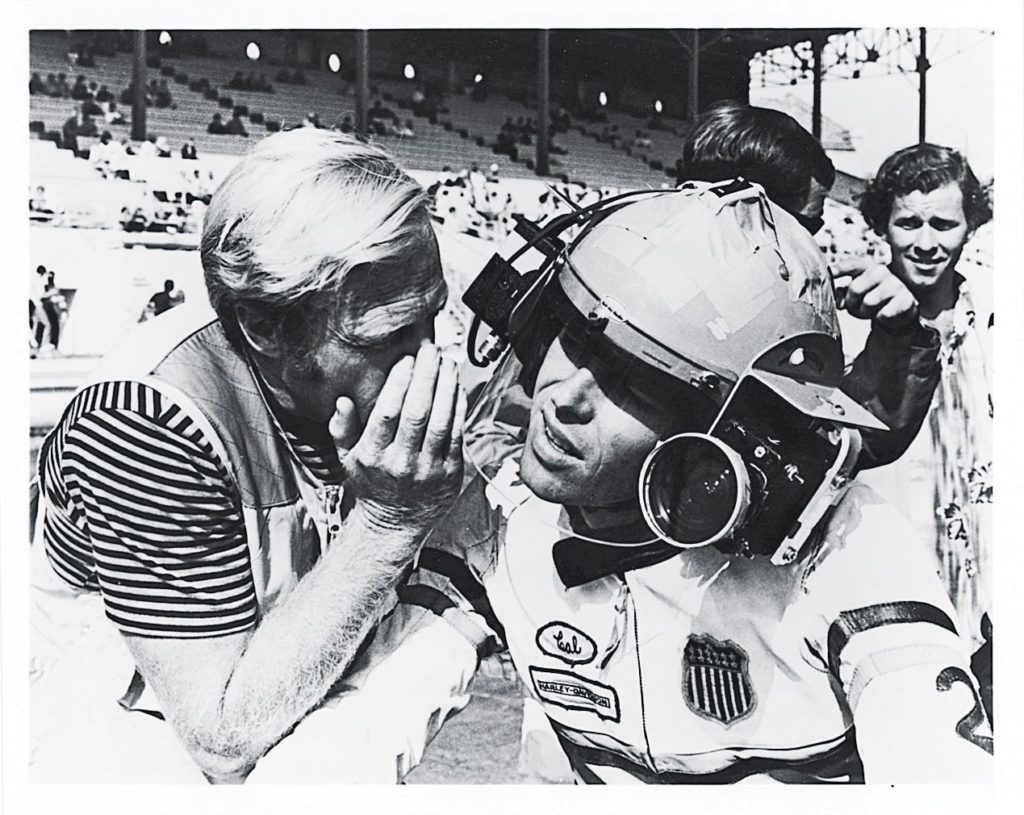


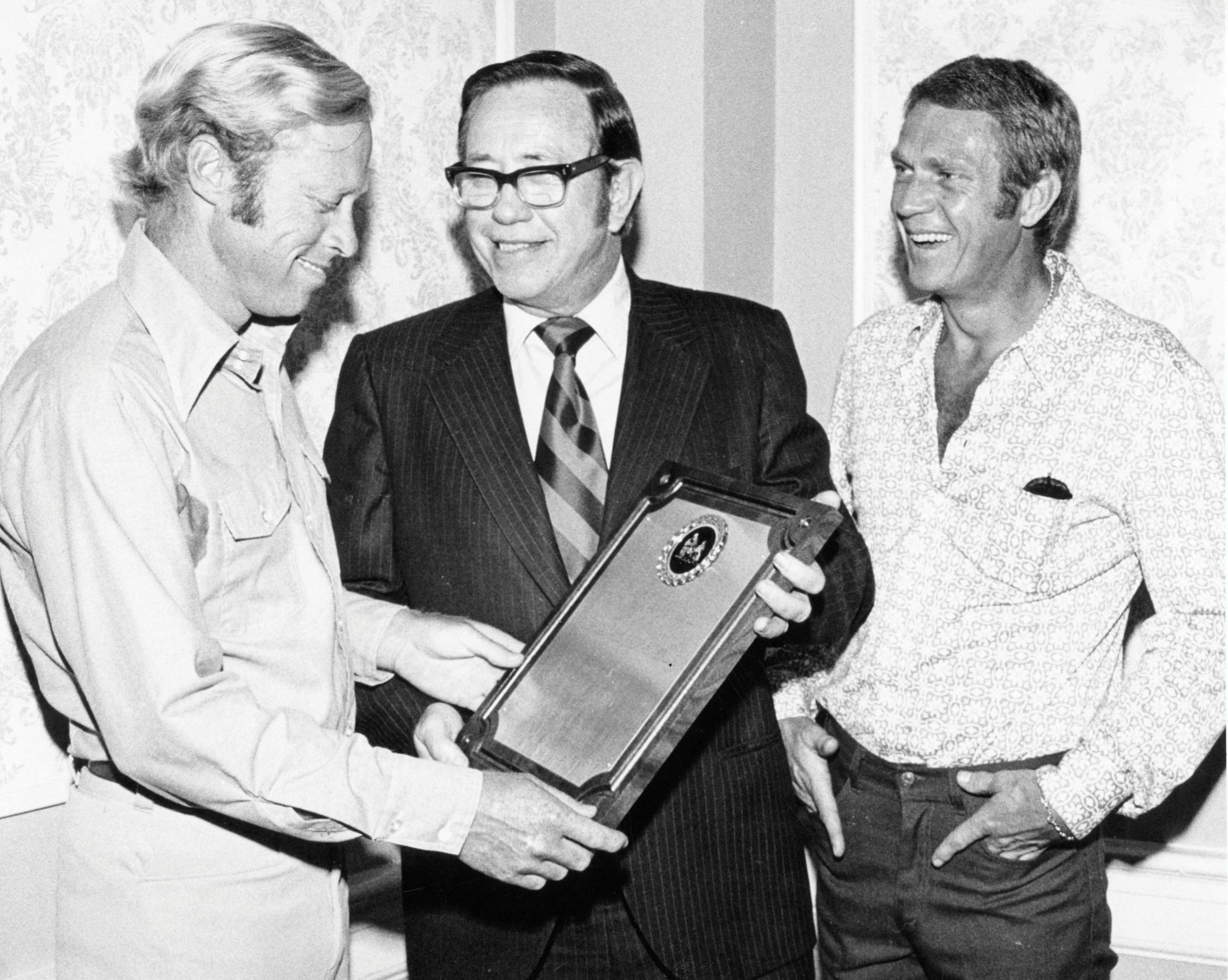
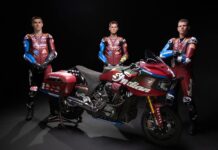


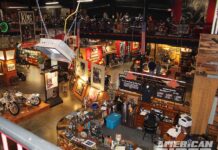












[…] Read Part 9 HERE […]